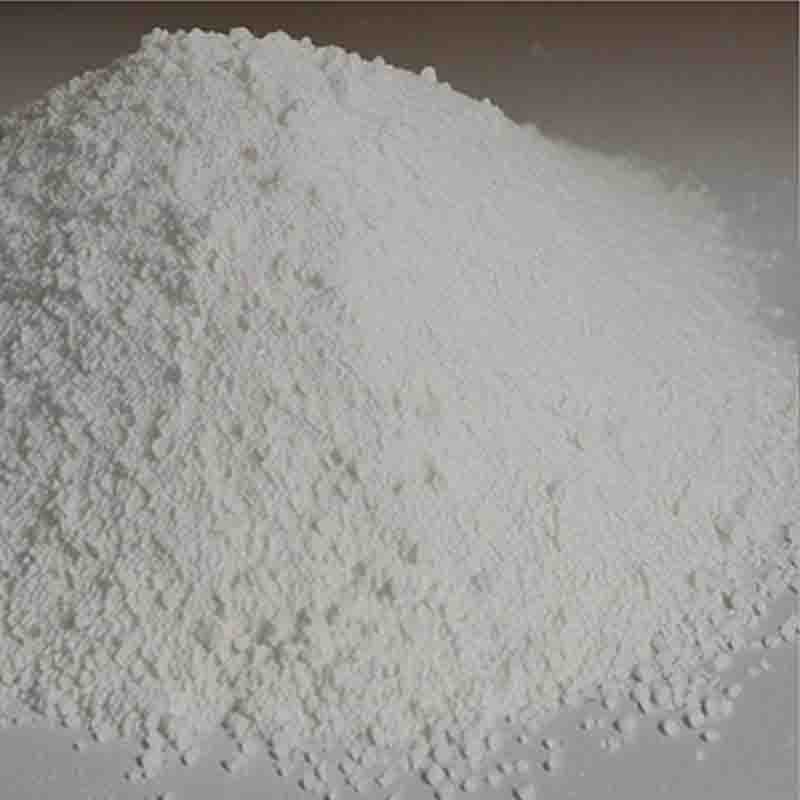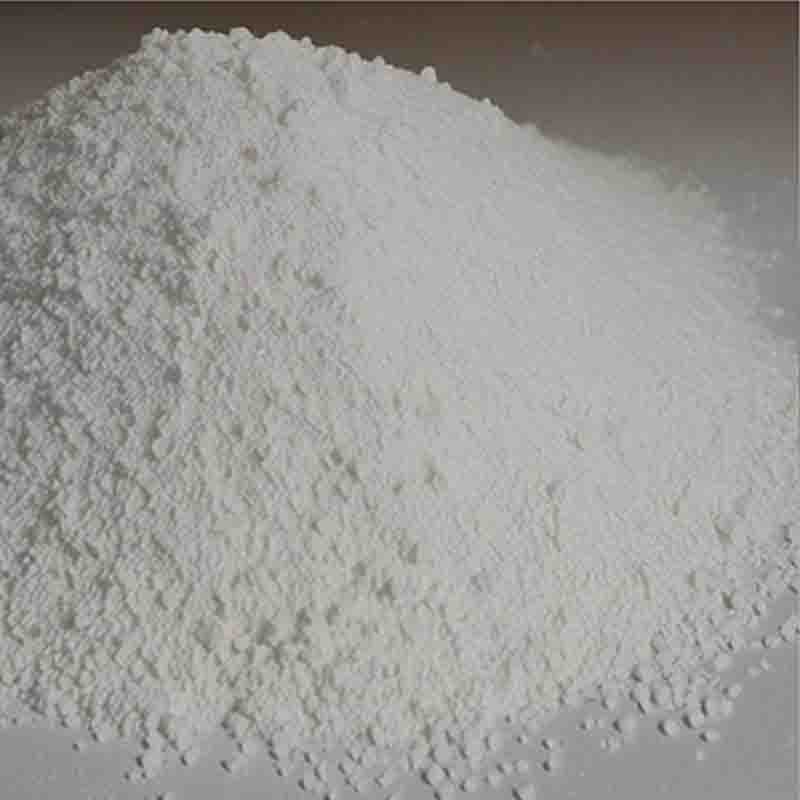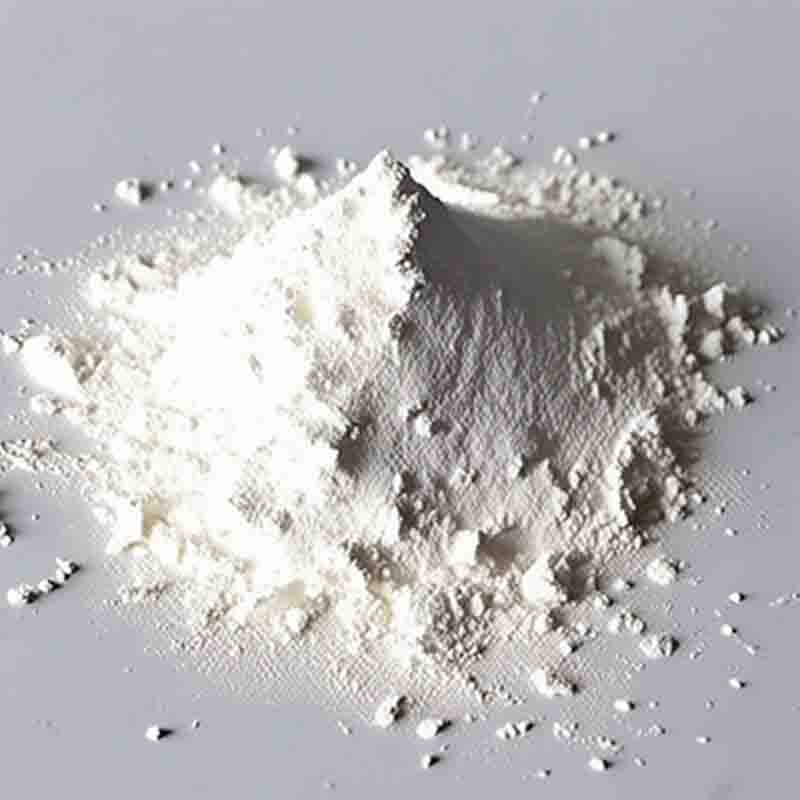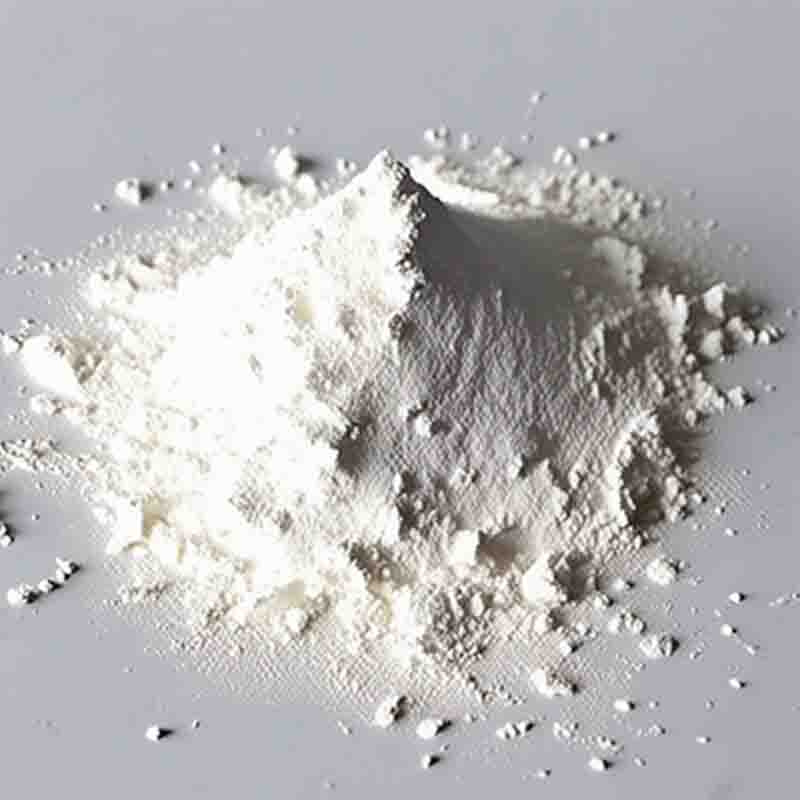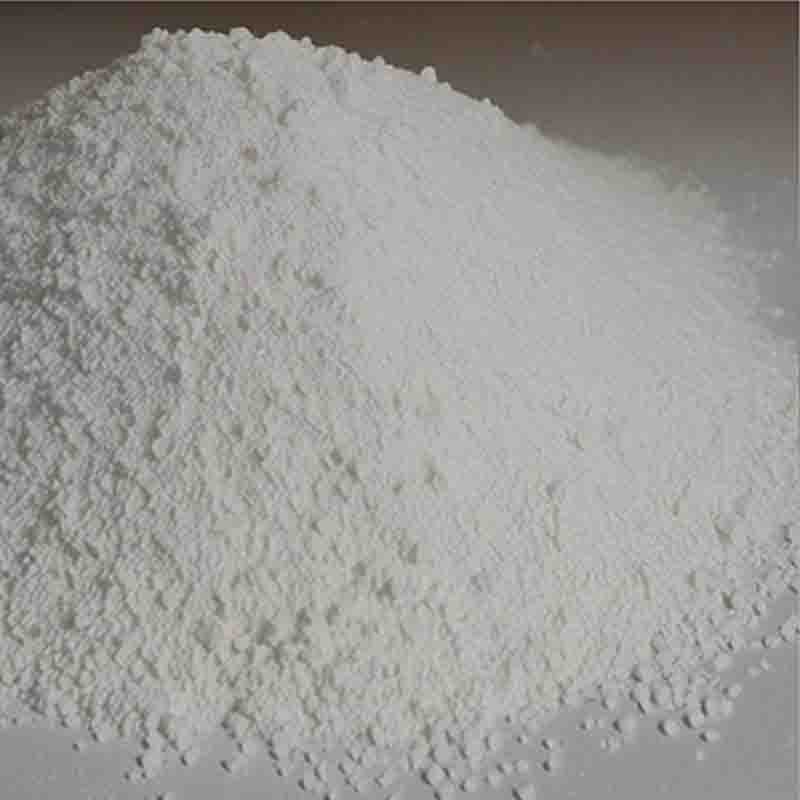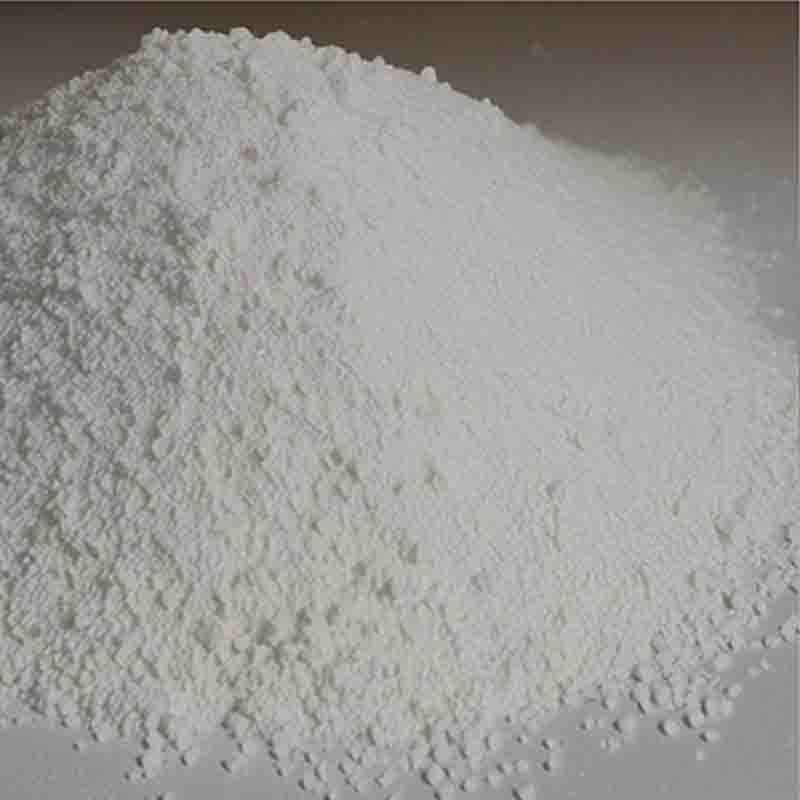N,N’-Diphenylbenzidine CAS:531-91-9
| Catalog Number | XD96083 |
| Product Name | N,N'-Diphenylbenzidine |
| CAS | 531-91-9 |
| Molecular Formula | C24H20N2 |
| Molecular Weight | 336.43 |
| Storage Details | Ambient |
Product Specification
| Appearance | White powder |
| Assay | 99% min |
N,N'-Diphenylbenzidine (DPBA) is a chemical compound that has significant effects and applications in various fields. It belongs to the family of diphenyl derivatives and is characterized by a biphenyl structure with two aniline groups substituted on either side. Here, we will explore some of the effects and uses of N,N'-diphenylbenzidine.One of the primary applications of N,N'-diphenylbenzidine is in the field of organic synthesis. It serves as a valuable reagent for the synthesis of dyes, pigments, and other organic compounds. The aniline groups in DPBA can undergo various reactions, including oxidation, condensation, and coupling reactions, enabling the formation of complex organic molecules.Moreover, DPBA has been extensively studied for its applications in analytical chemistry. It is commonly used as a reagent for the detection and quantification of hydrogen peroxide (H2O2) and peroxides in general. DPBA undergoes a color change from colorless to an intense blue upon reaction with peroxides, making it a reliable indicator in analytical methods such as spectrophotometry.In addition to its use as an analytical reagent, DPBA has been investigated for its potential biological effects. Research has shown that this compound possesses antioxidant properties, which are attributed to its ability to scavenge free radicals and prevent oxidative damage. These properties make DPBA a potential candidate for the development of therapeutic agents against oxidative stress-related diseases.Furthermore, DPBA has implications in the field of materials science. It has been used as a building block for the synthesis of organic semiconductors, which find applications in electronic devices such as organic light-emitting diodes (OLEDs) and organic field-effect transistors (OFETs). The unique electronic and optical properties of DPBA contribute to the performance and efficiency of these devices.Additionally, N,N'-diphenylbenzidine is known for its mutagenic and potentially carcinogenic properties. It has been classified as a possible human carcinogen by various regulatory and health organizations. Ensuring proper handling and safety precautions are essential to minimize exposure and potential health risks associated with this compound.In conclusion, N,N'-diphenylbenzidine is a chemically significant compound with diverse effects and applications. Its use in organic synthesis, analytical chemistry, materials science, and potential therapeutic interventions showcases its versatility and importance in various scientific disciplines. However, it is crucial to consider its potential health hazards and adhere to safety guidelines when working with this compound to mitigate any associated risks.


